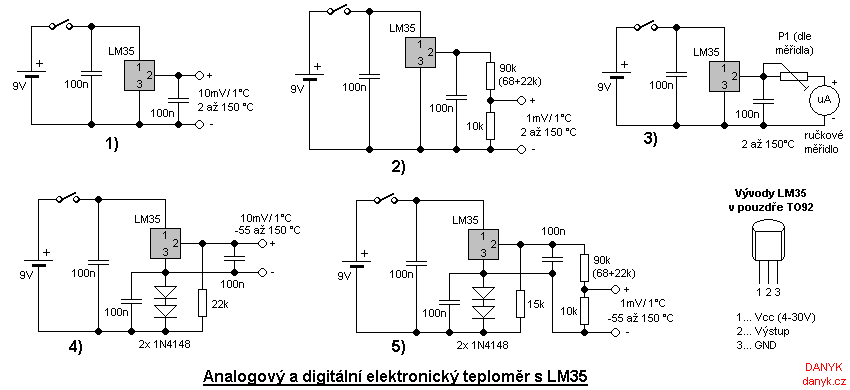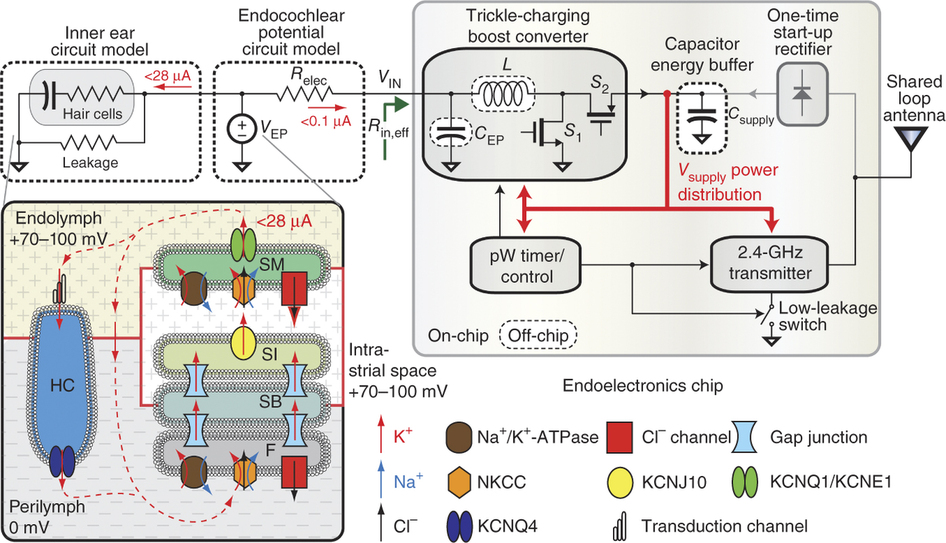
Electronic Transformer Applications

The EM4294 is an analog front end designed for high-security 13.56 MHz RFID reader systems. This reader integrates the cryptographic algorithm of the EM4035 transponder IC, which is associated with four secret keys. Each secret key has a length of 96 bits and provides access to the EM4035 tag's protected memory following a true mutual authentication process between the tag and the reader. The secret keys cannot be read by external devices, and their integrity is safeguarded by a 32-bit password. Additionally, the reader IC includes 40 kBytes of user-accessible memory via an ISO7816-3 serial line. The RF blocks of the EM4294 are comparable to those of the EM4094, sharing similar parameters and performance characteristics. The EM4294 reader chip can be employed in various systems with sub-carrier frequencies ranging from 212 kHz to 848 kHz, thereby supporting ISO14443, ISO15693, and Sony Felica™ protocols.
The EM4294 RFID reader system is engineered to facilitate secure communication between the reader and the transponder, ensuring that sensitive data is protected during the authentication process. The integration of the EM4035 cryptographic algorithm enhances security by allowing the reader to perform mutual authentication, which is crucial in preventing unauthorized access to the transponder's memory. The 96-bit length of the secret keys provides a robust level of security, while the 32-bit password adds an additional layer of protection against potential breaches.
The 40 kBytes of user memory within the EM4294 allows for flexible data storage and retrieval, making it suitable for a variety of applications that require secure data handling. The compatibility with ISO7816-3 serial communication facilitates easy interfacing with other electronic systems, enabling seamless integration into existing infrastructures.
Furthermore, the EM4294's capability to operate across a range of sub-carrier frequencies from 212 kHz to 848 kHz makes it versatile for use in different RFID applications, including those adhering to ISO14443 and ISO15693 standards, as well as Sony Felica™ technology. This flexibility allows for broader deployment in various environments, from secure access control systems to contactless payment solutions.
In summary, the EM4294 is a sophisticated component in the realm of RFID technology, combining advanced security features with versatile operational capabilities, thus making it an essential choice for high-security applications.The EM4294 is an analogue front end for high secure 13. 56MHz RFID reader systems. The reader integrates the crypto algorithm of the EM4035 transponder IC associated with 4 secret keys. Each secret key is 96 bit length and it gives access to the EM4035 tag protected memory after a true mutual authentication process between the tag and the reader.
T he secret key CAN not be read by an external device and their integrity is protected by a 32 bit password. The reader IC incorporates also 40k Bytes of user free memory accessible through an ISO7816-3 serial line.
The EM4294 RF blocks are similar to the EM4094 one and have the same parameters and performances. The EM4294 reader chip CAN be used in different systems having sub Carrier frequencies from 212kHz to 848kHz, hence covering ISO14443 and ISO15693 and Sony FelicaTM protocols. By EM Microelectronic 🔗 External reference
The EM4294 RFID reader system is engineered to facilitate secure communication between the reader and the transponder, ensuring that sensitive data is protected during the authentication process. The integration of the EM4035 cryptographic algorithm enhances security by allowing the reader to perform mutual authentication, which is crucial in preventing unauthorized access to the transponder's memory. The 96-bit length of the secret keys provides a robust level of security, while the 32-bit password adds an additional layer of protection against potential breaches.
The 40 kBytes of user memory within the EM4294 allows for flexible data storage and retrieval, making it suitable for a variety of applications that require secure data handling. The compatibility with ISO7816-3 serial communication facilitates easy interfacing with other electronic systems, enabling seamless integration into existing infrastructures.
Furthermore, the EM4294's capability to operate across a range of sub-carrier frequencies from 212 kHz to 848 kHz makes it versatile for use in different RFID applications, including those adhering to ISO14443 and ISO15693 standards, as well as Sony Felica™ technology. This flexibility allows for broader deployment in various environments, from secure access control systems to contactless payment solutions.
In summary, the EM4294 is a sophisticated component in the realm of RFID technology, combining advanced security features with versatile operational capabilities, thus making it an essential choice for high-security applications.The EM4294 is an analogue front end for high secure 13. 56MHz RFID reader systems. The reader integrates the crypto algorithm of the EM4035 transponder IC associated with 4 secret keys. Each secret key is 96 bit length and it gives access to the EM4035 tag protected memory after a true mutual authentication process between the tag and the reader.
T he secret key CAN not be read by an external device and their integrity is protected by a 32 bit password. The reader IC incorporates also 40k Bytes of user free memory accessible through an ISO7816-3 serial line.
The EM4294 RF blocks are similar to the EM4094 one and have the same parameters and performances. The EM4294 reader chip CAN be used in different systems having sub Carrier frequencies from 212kHz to 848kHz, hence covering ISO14443 and ISO15693 and Sony FelicaTM protocols. By EM Microelectronic 🔗 External reference





